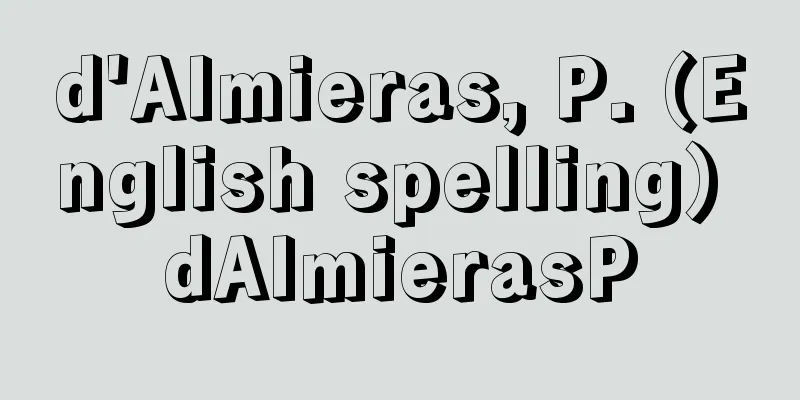Fleming, Victor

|
Born: February 23, 1883 in Pasadena, California [Died] January 6, 1949. American film director from near Cottonwood, Arizona. One of the most active directors in Hollywood in the 1930s. Working with producer David Oliver Selznick, he completed Gone with the Wind (1939), which won the Academy Award for Best Picture and Best Director. He entered the film industry in 1910 as a car stuntman and worked on set cinematography for director David Walker Griffith. He served in the cinematography department during World War I and was President Woodrow Wilson's cameraman at the Paris Peace Conference. He later signed contracts with Metro-Goldwyn-Mayer (MGM) and 20th Century Fox, and earned high praise for his work on stars such as Clark Gable and Spencer Tracy. His first directorial work was When the Clouds Roll By (1919), starring Douglas Fairbanks. His early talkie films, Red Dust (1932) and Treasure Island (1934), were popular, and his masterpiece The Wizard of Oz (1939), starring Judy Garland, skillfully blended fantasy and realism. Other films he produced include Dr. Jekyll and Mr. Hyde (1941), Adventure (1946), and Joan of Arc (1948). Fleming |
|
[生]1883.2.23. カリフォルニア,パサディナ [没]1949.1.6. アリゾナ,コットンウッド近郊 アメリカ合衆国の映画監督。1930年代のハリウッドで最も活躍した監督の一人。プロデューサーのデービッド・オリバー・セルズニックのもと,『風と共に去りぬ』Gone with the Wind(1939)を完成させ,アカデミー賞の作品賞と監督賞を獲得した。1910年にカー・スタントマンとして映画界に入り,デービッド・ウォーク・グリフィス監督の現場で撮影を担当。第1次世界大戦では撮影部として従軍し,パリ講和会議でウッドロー・ウィルソン大統領のカメラマンを務めた。のちにメトロ=ゴールドウィン=メイヤー MGMや 20世紀フォックスと契約し,クラーク・ゲーブルやスペンサー・トレーシーをスターにして高い評価を得る。初監督作品は,ダグラス・フェアバンクスが主演した 1919年の『暗雲晴れて』When the Clouds Roll By。トーキー映画初期の『紅塵』Red Dust(1932)や『宝島』Treasure Island(1934)は人気となり,ジュディ・ガーランドを起用した傑作『オズの魔法使』The Wizard of Oz(1939)ではファンタジーとリアリズムを巧みに融合させた。ほかに『ジキル博士とハイド氏』Dr. Jekyll and Mr. Hyde(1941),『冒険』Adventure(1946),『ジャンヌ・ダーク』Joan of Arc(1948)などがある。 フレミング
|
Recommend
Kish (English spelling)
...After the Abbasid Caliphate declined in the 10...
Fanaticism
〘 noun 〙 To lose one's composure or reason and...
West Bengal [State] - West Bengal (English spelling)
A state in northeastern India. Its area is 87,676 ...
Oomukashibushi - Oomukashibushi
...Including Kumiodori and Hashiodori, court danc...
Political culture
Political culture refers to the psychological ori...
Reinhold, KL (English spelling)
…German idealism resulted in the conflict between...
Gortun's Code - Gortun's Code
A large inscription from the 5th century BC uneart...
Decentralization - Local autonomy
The idea that local politics should be conducted ...
traumatized
…Therefore, it is often used as a research materi...
native tree
Native trees are plants that grow naturally or ha...
Tile hanging
… [Tile Hanging] In areas where the wooden tiles ...
Medical Tenshoki - Igakutenshoki
A medical book. A representative work by Manase G...
Montreuil, P.de (English spelling) MontreuilPde
...First, Saint Genevieve founded a monastery (la...
Law Concerning Corneal and Kidney Transplants - Law Concerning Corneal and Kidney Transplants
...The crucial issue of whether or not those who ...
Seafood and mountain delicacies
One of the myths found in the Kojiki and Nihon sho...








![Isabella [I] - Isabella](/upload/images/67cae78b319d9.webp)
